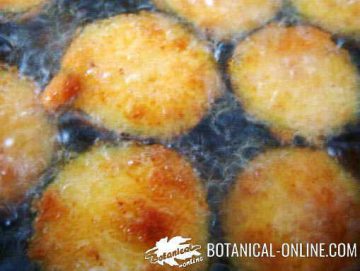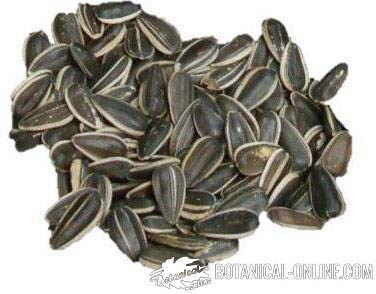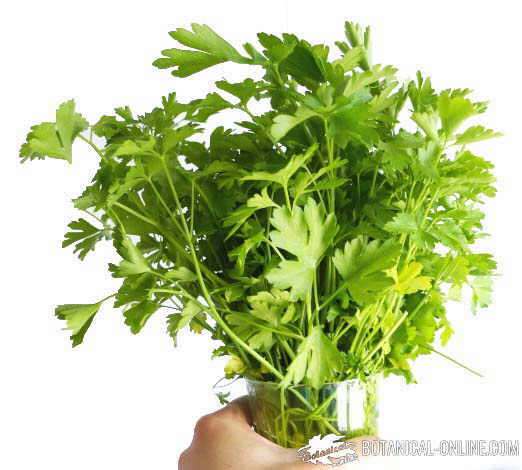Contents
Characteristics of acrolein
What is acrolein?

Acrolein is a flammable liquid, colorless or yellow, with an unpleasant odor. It dissolves in water and evaporates quickly with heat.
When an oil or any fat is burned or smoked, large amounts of acrolein are released.
This substance usually appears when there is a combustion: when trees, plants or gasoline are burned. Some pesticides contain acrolein.
Exposure and sources of acrolein: Food and environments with acrolein
The main sources of exposure to acrolein are:
- Smoking tobacco or being a passive smoker
- Smoke from automobiles
- Smoke from industries where acrolein is used.
- Fried foods and roasted coffee may contain small amounts of acrolein.
Risk of acrolein for health
Acrolein can cause irritation in the eyes, nose and throat. If the amount that is in the air is high, coughing or lack of air can occur in the lungs.
This substance can also irritate the skin or cause burns if the contact is prolonged.
In animal studies it has been observed that the inhalation of acrolein decreases the antibacterial defense mechanisms of the lungs.
People exposed to high concentrations of acrolein in the air may suffer from nausea, vomiting, dizziness, bronchitis problems, accumulation of fluid in the lungs (pulmonary edema), hypertension or tachycardia.
Does acrolein cause cancer?
It has not been shown that acrolein causes cancer. The International Agency for Research on Cancer (IARC) has determined that acrolein is not classifiable as a carcinogenic substance in humans.
Problem of overheating the oil
The reheated oil or when smoking is dangerous to health. In addition to producing acrolein, other toxic substances are generated such as hydroperoxides, peroxides and free radicals. These components damage our cells causing cell aging, cell membrane breaks, mutations or cancer cells.
- Using the same oil several times, or reusing it for cooking several times, increases the number of free radicals.
Also, heating too much oil causes loss of vitamins and polyphenols. When healthier is an oil it is raw and unrefined, since it best preserves all its vitamin E and polyphenols.
heated oils
Disadvantages of heated oils
How to fry correctly
For all these reasons it is important to cook the oil correctly, that is, at controlled temperatures, without burning or reheating the oil, to prevent it from deteriorating and being harmful to health.
It is important to choose a suitable oil for frying. We will chose those rich in monounsaturated fatty acids, such as omega 9, or saturated oils such as virgin coconut oil. These oils are more resistant to heat than polyunsaturated oils, such as sunflower oil or oil from other seeds.
- The oils recommended for frying are olive oil and high oleic sunflower oil.
How do I know that the oil served in a restaurant follows these guidelines?
Theoretically, catering establishments, restaurants, bars, hotels, fast-food chains, etc. that cook fried should use machines that control the temperature of the oil, such as a fryer.
The oil should not be reused without quality control of the lipids: the level of peroxides is measured and if it respects the legal margins, it can be reused for frying again.
Technical and sanitary inspections of restaurants like fast-food measure the levels of peroxides in the oils of the fryers to control that the used oils have not been reused again and again.
![]() More information on oil heating.
More information on oil heating.








